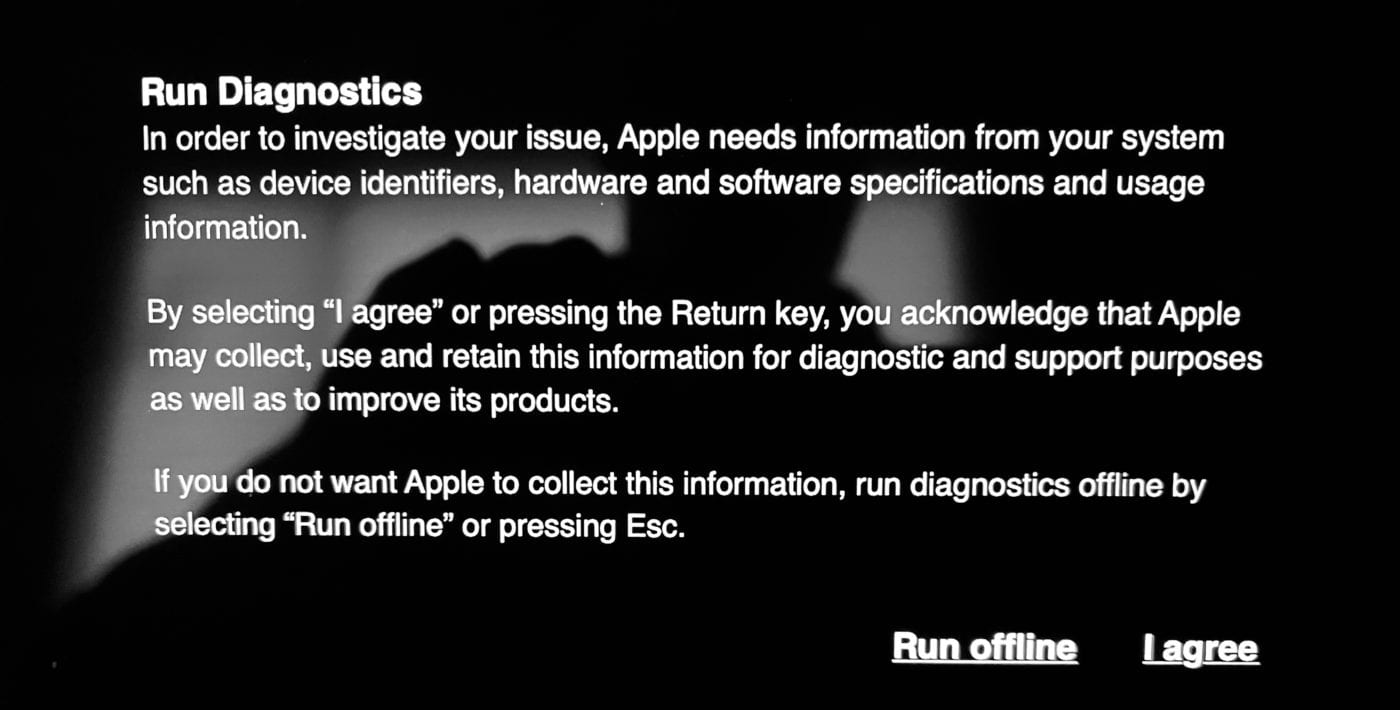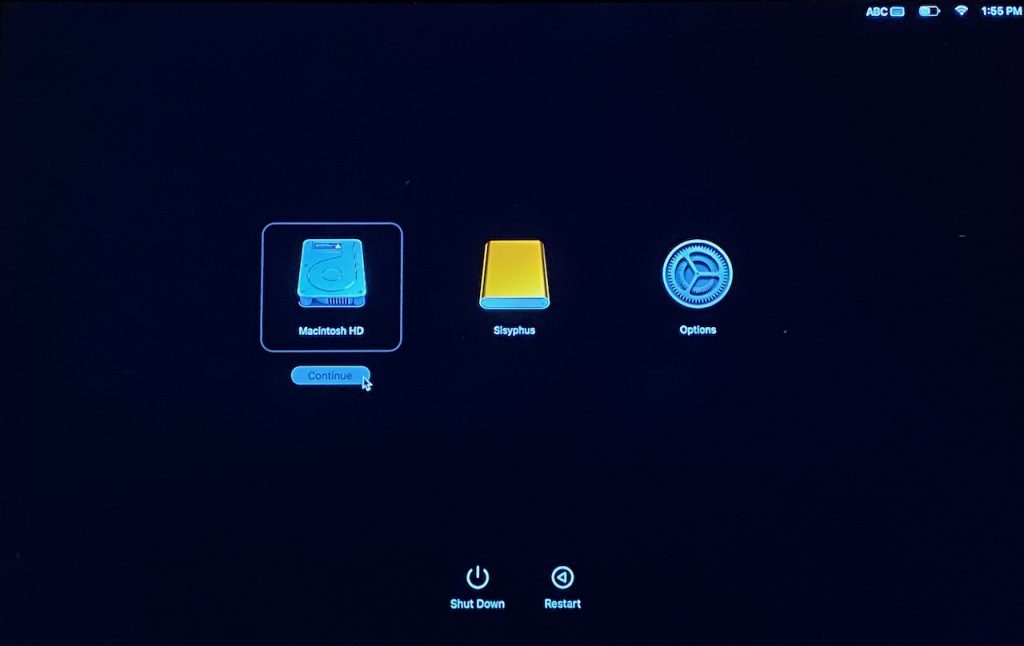

- #Open disk utility at startup how to
- #Open disk utility at startup mac os
- #Open disk utility at startup full
- #Open disk utility at startup software
They are stored in /Macintosh HD/Users/Your User/Library/ Dictionaries. Normally we only need to use two or three languages, so it’d be better that you delete unnecessary dictionaries if you are sure that you don’t need them at all. Remove Language Resourcesĭo you know that there are 26 pre-installed dictionaries of 818 Mb in your system? Apart from English, there are Chines, French, German, Portuguese, Italian, Korean, Russian and other languages. To find the Library folder, you can open the Finder window, from Menu click Go > Go to Folder, then type ~ /Library/Caches in the dialog box and click Go. So this folder size will increase continuously. While in the ~/Library/Caches location, you will see a large amount of cache files created when you run applications. In /Library/Caches you will find the temporary files created by the system, these files will not occupy too much space. You can find the cache data in two locations in your Mac: /Library/Caches and ~/Library/Caches. So it’d be a good habit to clear the cache data from time to time. There is a chance that you no longer use an application but its cache files still exist on your startup disk and occupy tens of gigabytes of your disk memory.

And it’ll be recreated next time when you use the application.

Clear CacheĪ cache file is a temporary data file created by apps, browsers and other programs to make your Mac run faster. Right-click on the Trash in the dock panel and select Empty Trash, or open the Trash and click the Empty button in the top right corner. You can delete the files in your Trash permanently in two methods. So it’s significant to clear your Trash frequently. Therefore, the files in your Trash will still eat up your startup disk space. We are used to remove unwanted files from Mac to Trash but often forget to empty the Trash regularly. If you want to clean your startup disk manually, you can follow the basic tips below to delete different kinds of junk files or unnecessary files one by one.
#Open disk utility at startup full
Using Mac Cleaner regularly can help you monitor your Mac performance, so that the startup disk almost full issue can be prevented well. Then it will uninstall the application and remove the associated files for you.
#Open disk utility at startup software
After scanning, click “View” to preview the scan results and choose the software you want to uninstall. You are also able to uninstall unwanted applications with this Mac Cleaner.Ĭlick Toolkit > Uninstall to scan all the applications installed on your Mac. Follow the steps below to have an overview on the storage of your startup disk. If you received the error message “Your startup disk is almost full” on your Mac, you can check the disk storage on your Mac to discover what is taking up the most of space of your startup disk. So if you received the warning message that “your startup disk is almost full”, it’s the high time that you should free up the space on your startup disk immediately.

Generally speaking, there should be at least 15% free space left on your startup disk to make sure your Mac can run smoothly. It’s full because there is no more space on your disk. The reason why you receive the error message that “Your startup disk is almost full” is obvious.
#Open disk utility at startup mac os
No matter you have one or more disks on your Mac, the one with the Mac OS installed is your startup disk. Generally speaking, most users have just one disk but some will have two or more.
#Open disk utility at startup how to
Why Startup Disk is Full and How to Check Storage on Macįirst of all, what is a startup disk? A startup disk is a volume or partition of a drive that contains a usable operating system, user data and applications, etc. How to Fix Startup Disk Full Issue with Powerful Utility Why Startup Disk is Full and How to Check Storage on Mac


 0 kommentar(er)
0 kommentar(er)
